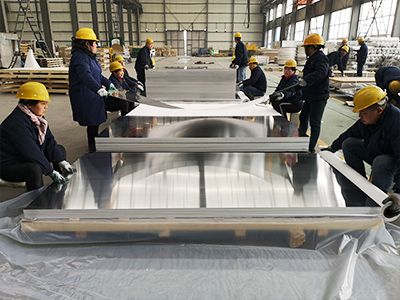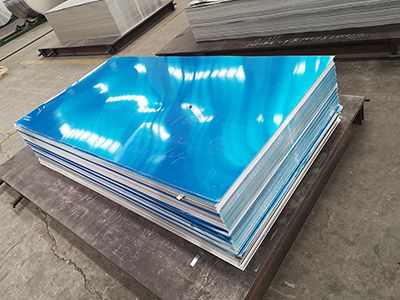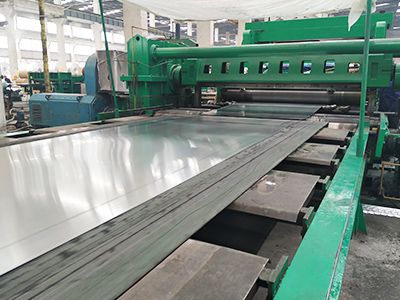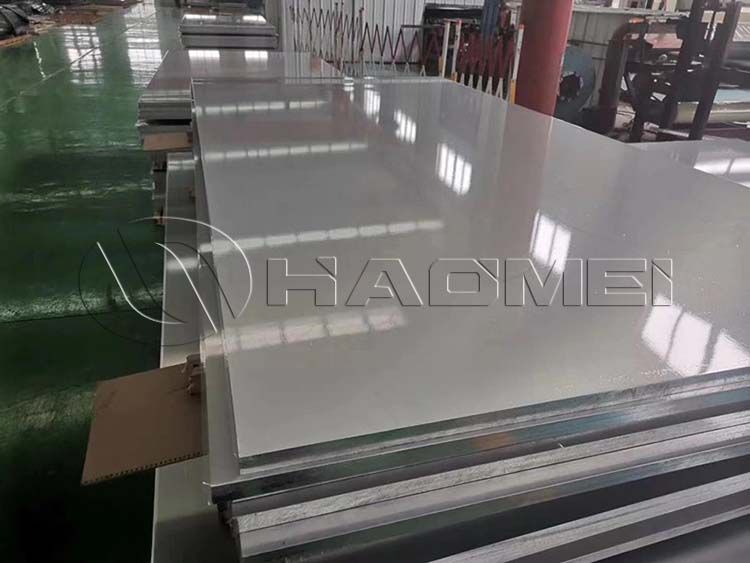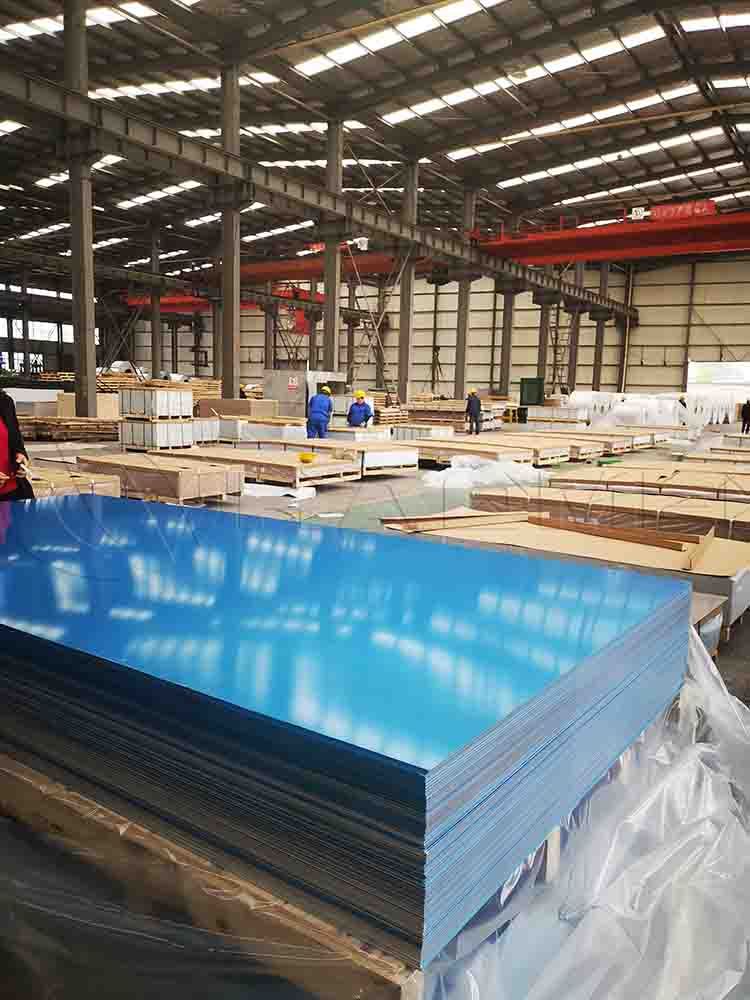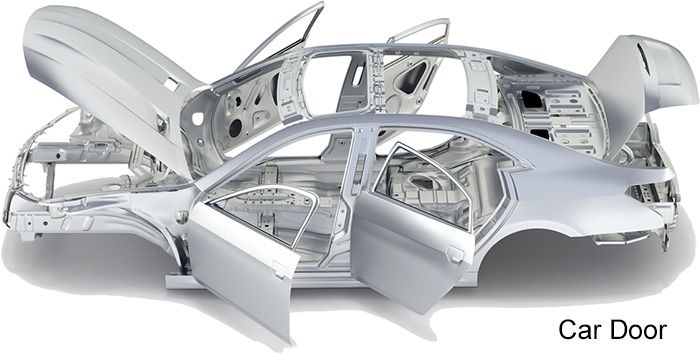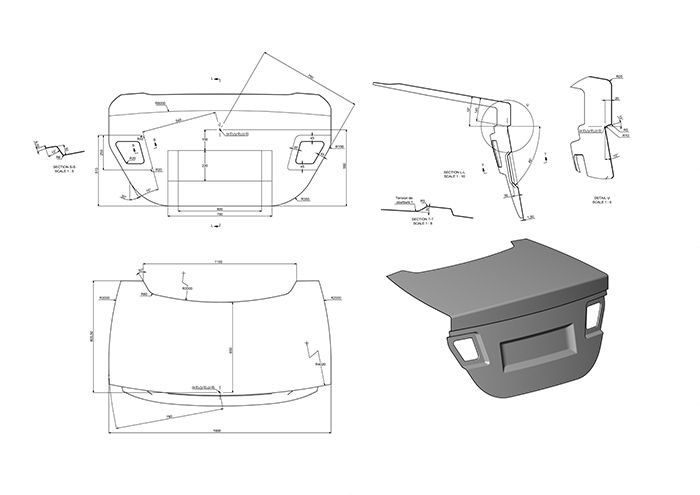Aluminium in Car Interior
As the automotive industry increasingly pursues lightweight, safety, aesthetics, and durability, the application of aluminum sheet alloys in automotive interiors is becoming increasingly widespread.
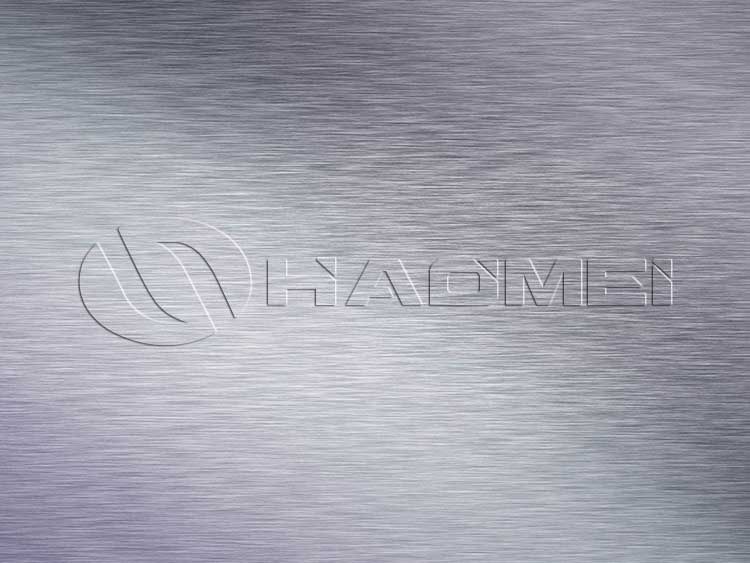
Alloys of aluminum in car interior
5052 aluminum sheet
5052 aluminum sheet belongs to the Al-Mg alloy family, with magnesium as the primary alloying element. 5052h34 is one of its common tempers. This alloy offers medium strength and high fatigue resistance, making it particularly suitable for automotive components subjected to long-term stress.
It exhibits exceptional corrosion resistance to atmospheric, freshwater, seawater, and various chemical media, significantly extending the service life of automotive interior components. Its excellent cold workability makes it easy to stamp and bend, and its weldability is also strong, with weld strength reaching 90%-95% of that of the base material. Its low density offers significant advantages in lightweighting, helping to reduce vehicle weight and improve fuel economy.
In automotive interiors, it is often used to manufacture components such as instrument panels and seat frames. Its excellent formability allows for easy processing into complex shapes, meeting diverse interior design requirements. Furthermore, processes such as oxidation and spraying can effectively enhance surface aesthetics and the overall quality of the vehicle interior.
5182 aluminum sheet
5182 aluminum sheet is also an Al-Mg alloy containing a small amount of Si. This alloy features high strength, formability, corrosion resistance, and excellent surface finish. EN AW 5182 performs very well in stamping applications such as automotive doors, hoods, and front and rear fenders. Practical feedback indicates no cracking after stamping.
It also offers excellent weldability, with a low tendency to crack during welding. Gas welding, argon arc welding, spot welding, and roll welding all produce excellent results. It also offers excellent machinability and anodizing for a beautiful surface. In automotive interior applications, 5182 aluminum sheet is often used for the processing of decorative components or functional parts requiring high strength and formability.
Required Performance of Aluminum Sheets for Automotive Interiors
Lightweight Performance
With the global emphasis on energy conservation and emission reduction, lightweighting of automobiles has become a key industry trend. Aluminum sheet alloys have a low density, and their extensive use in automotive interiors can significantly reduce vehicle weight and energy consumption.
Corrosion Resistance
Automotive interiors are subject to constant exposure to a variety of environmental factors, including humid air, spilled passenger liquids, and fluctuating interior temperatures. Aluminum sheet alloys such as 5052 and 5182 effectively resist the effects of harsh environments like salt spray and humidity, resisting rust and corrosion over time and ensuring that interior components remain pristine.
Processability
Automotive interior components often have complex shapes and structures, requiring materials with excellent processability. Aluminum sheets can be formed into a variety of complex shapes through various processes, such as stamping, bending, and welding, meeting diverse interior design requirements.
Surface Treatment Performance
Surface treatment is essential to enhancing the aesthetics and quality of automotive interiors. Aluminum alloys offer excellent surface treatment properties and can be processed through a variety of processes, including anodizing, spraying, and brushing, to meet consumers' demands for personalized and aesthetically pleasing finishes.
Aluminum sheet specification
The size and thickness of aluminum sheets for automotive interiors vary depending on the application and design requirements. For areas with extremely stringent weight requirements and relatively low stress, such as decorative thin panels within the vehicle, aluminum sheets with a thickness of 0.3-1.5mm may be selected, such as trim strips on door trims and some decorative panels on the center console.
For components that must withstand certain strength and pressure, such as seat frames and armrest frames, aluminum sheets with a thickness of 1.5-3.0mm may be used. Aluminum sheet width and length are also highly customizable.
Original Source:https://www.autoaluminumsheet.com/a/aluminium-in-car-interior.html
Tags: 5182 aluminum sheet ,
Prev:Application of 6111 and 6101 in Automobiles
Next:Different Tempers of 5052 Automotive Aluminum Sheet
